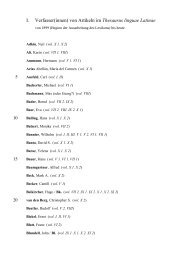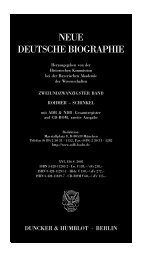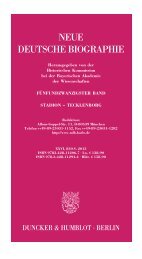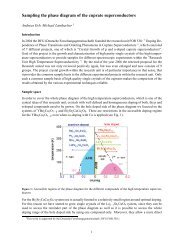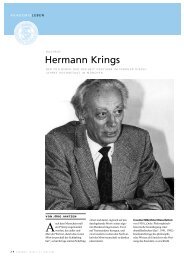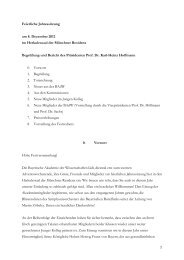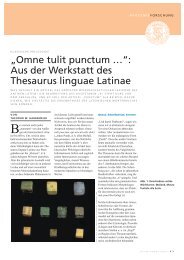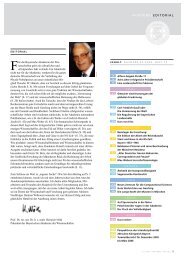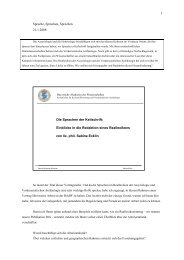II. Applications of the Josephson Effect
II. Applications of the Josephson Effect
II. Applications of the Josephson Effect
You also want an ePaper? Increase the reach of your titles
YUMPU automatically turns print PDFs into web optimized ePapers that Google loves.
R. Gross, A. Marx, and F. Deppe © Wal<strong>the</strong>r-Meißner-Institut (2001 - 2013)<br />
4.1.3 Operation and Performance <strong>of</strong> dc-SQUIDs<br />
for given S V (f): maximize H and L:<br />
1. bias current: I ¸ I c : largest modulation <strong>of</strong> hVi(F ext )<br />
2. flux bias: close to (2n+1) F 0 /4<br />
3. junction critical current: coupling energy E J À k B T<br />
simulations show: I c ¸ 5¢I th ´ 5¢2¼k B T/F 0<br />
@ 4.2 K: I c ¸ 1 ¹A<br />
4. loop inductance: should be large<br />
but: <strong>the</strong>rmal noise flux (k B TL) 1/2 ¿ F 0<br />
define <strong>the</strong>rmal inductance: L th I th = F 0 /2<br />
simulations: L · 0.2¢L th<br />
@ 4.2 K: L · 1 nH<br />
define:<br />
5. screening parameter: ¯L = 2I c L/© 0 < 1 no hysteresis in hVi(F ext )<br />
small L, but large area choose ¯L » 1<br />
small I c ≈ 1 ¹A @ 4.2 K L · 1 nH<br />
6. Stewart-McCumber parameter: ¯c < 1 no hysteresis in IVC (external shunt)<br />
choose ¯c ' 1 for large voltage output<br />
AS-Chap. 4 - 20



